Renaissance - 15-16th centuries.
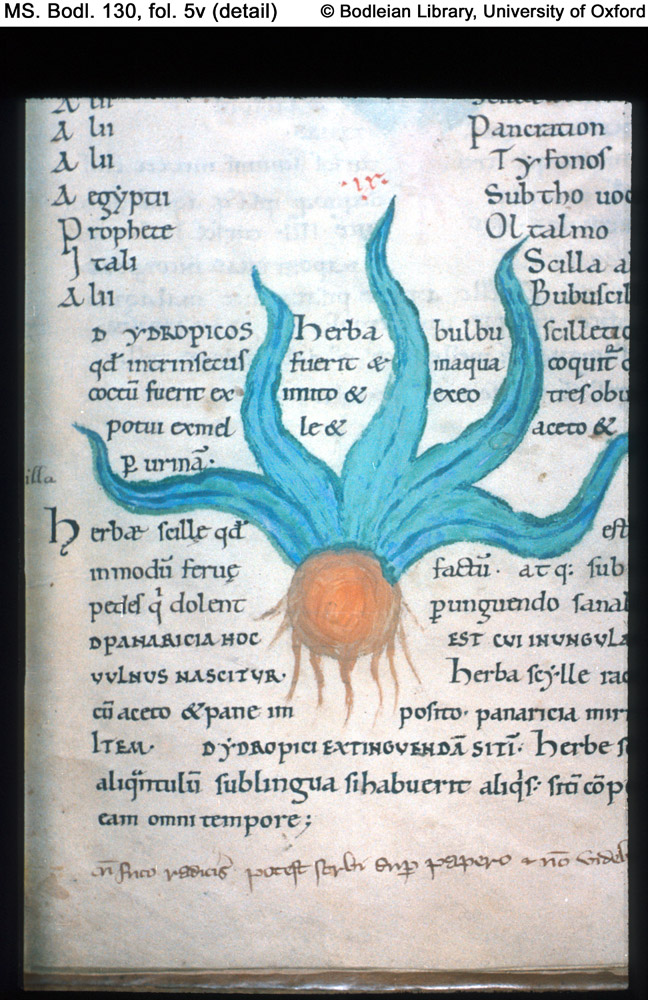
Botanical painting came into its own during the Renaissance, when the desire for a new form of representation of the natural world emerged. Printing led to the development of herbals with newly made naturalistic illustrations, based on fresh observations.
It facilitated the international sharing of information, so important for the evolution of science, which has been restricted in the Middle Ages. Leonardo da Vinci and Durer were pioneers of this study of nature in art, and da Vinci was a phenomenal combination of an artist and a scientist.
It facilitated the international sharing of information, so important for the evolution of science, which has been restricted in the Middle Ages. Leonardo da Vinci and Durer were pioneers of this study of nature in art, and da Vinci was a phenomenal combination of an artist and a scientist.
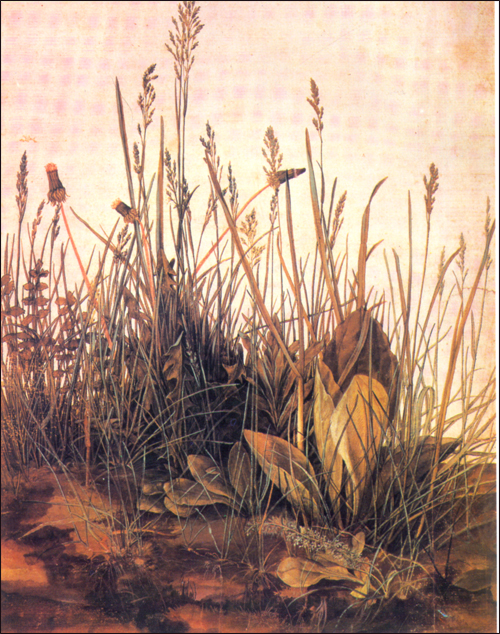
Albrecht Durer. 1503. Germany
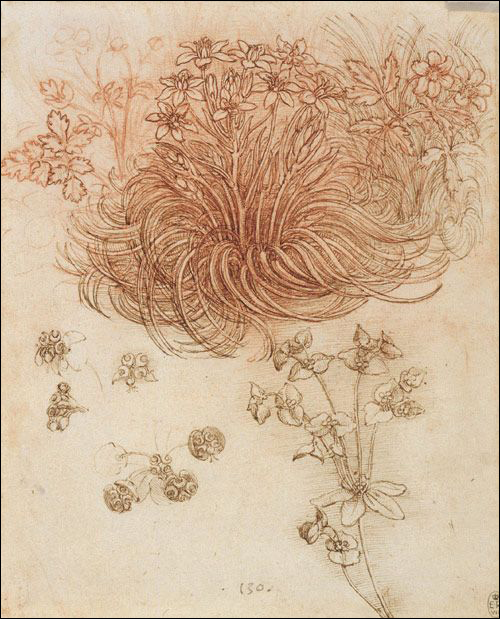
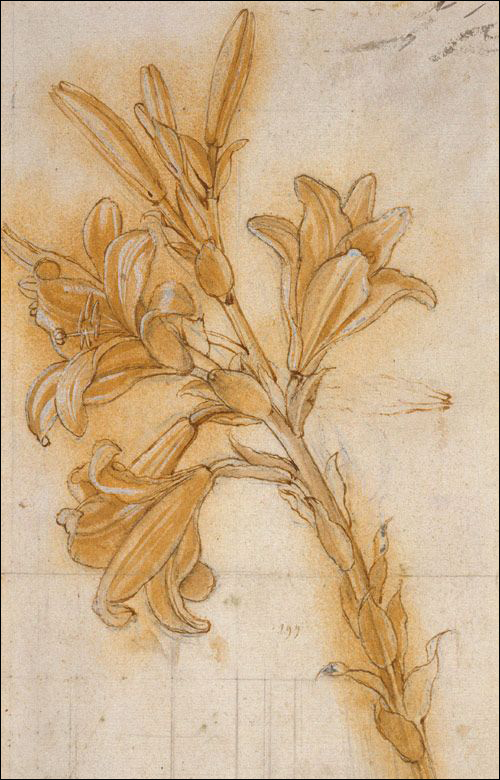
Leonardo da Vinci. 1480-85
Otto Brunfels - 1530's
In Brunfels’s Herbarium, printed illustrations were based for the first time on direct examination of living plants. Brunfels broke with convention and the tradition of stylized plant illustration. His artist, Hans Weiditz, drew the images for the woodcuts, depicting each specific plant as he observed it, complete with roots and damaged leaves.
In Brunfels’s Herbarium, printed illustrations were based for the first time on direct examination of living plants. Brunfels broke with convention and the tradition of stylized plant illustration. His artist, Hans Weiditz, drew the images for the woodcuts, depicting each specific plant as he observed it, complete with roots and damaged leaves.
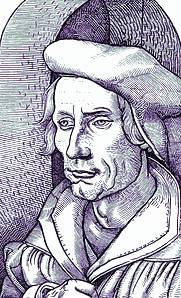
Otto Brunfels (1488-1534)
A physician and naturalist.
A physician and naturalist.
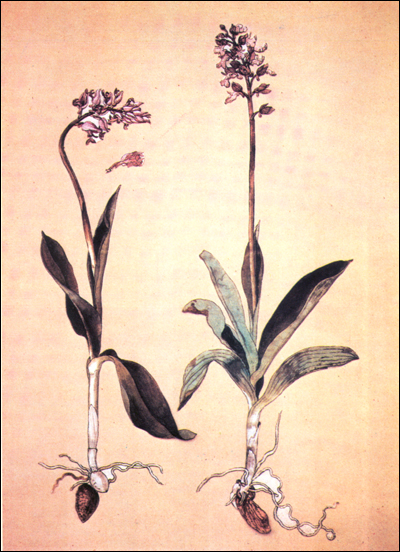
Hans Weiditz. Hand-colored woodcut
from Otto Brunfels (1530)
from Otto Brunfels (1530)
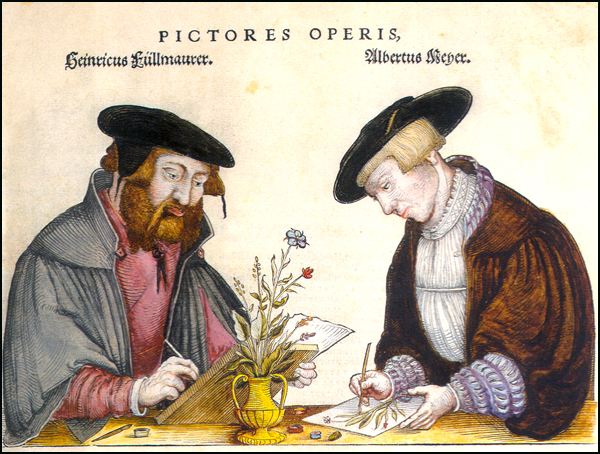
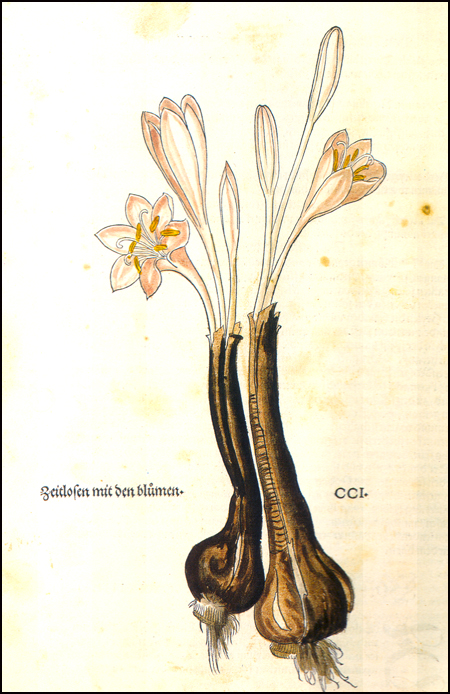
Leonhart Fuchs.1542. Basel
Leonhart Fuchs (1501 – 1566)
A German physician and another founding father of botany.
A German physician and another founding father of botany.
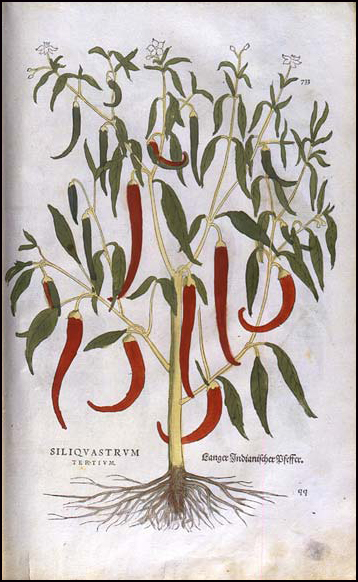
Joris Hoefnagel (1542-1601)
Flemish painter
Flemish painter
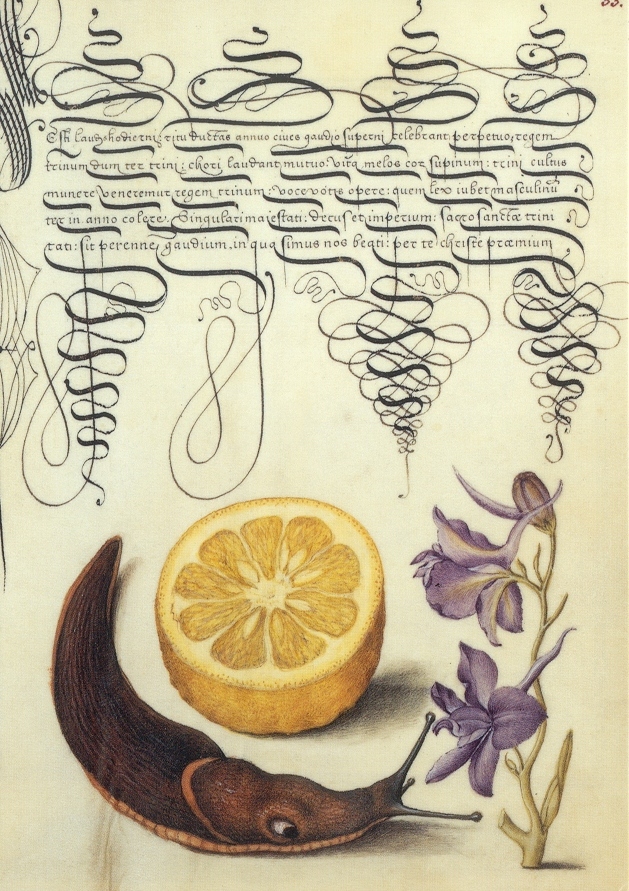
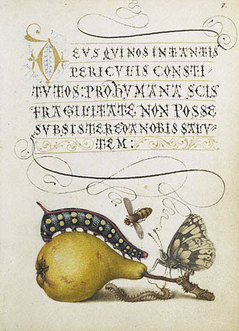
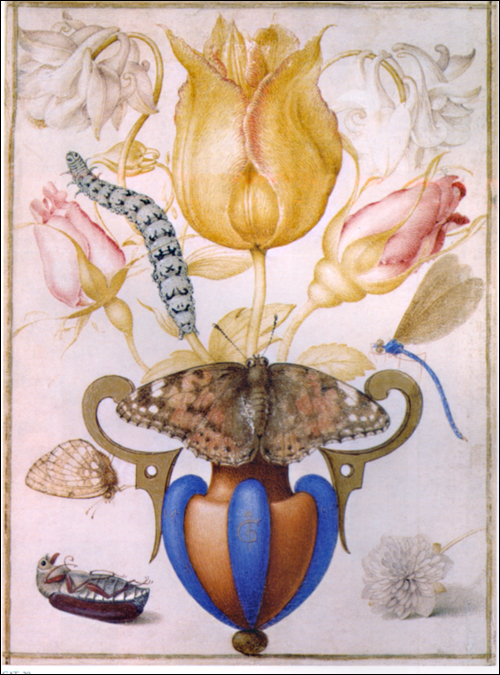

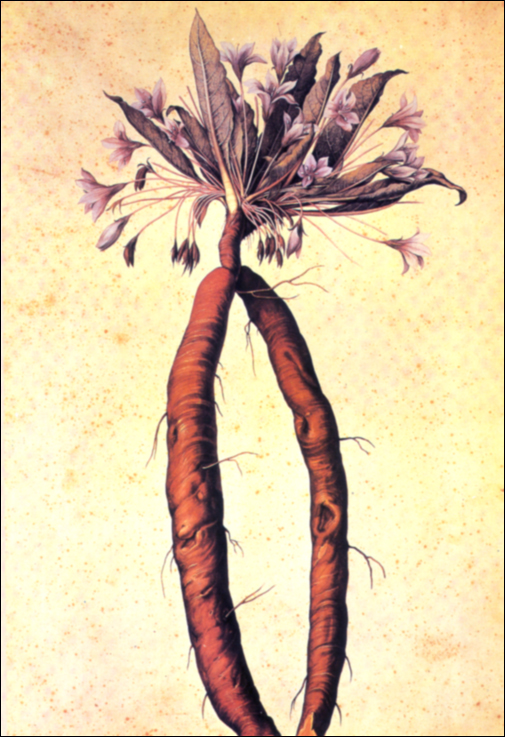
Jacopo Ligozzi (1547 - 1627). Mandrake plant.
Mandrake root - good example of a transition from mythical to naturalistic representation
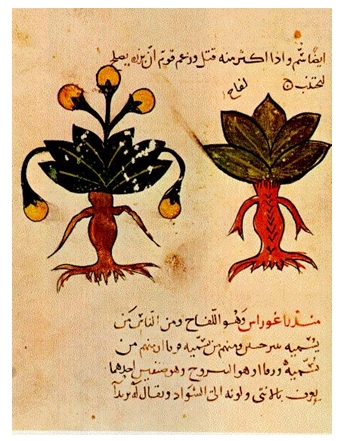
9th century Arabic manuscript
Mandrake, the source of a narcotic pain-killer and aphrodisiac used during the Middle Ages, is perhaps the subject of more superstition than any other plant. Native to the Mediterranean, mandrake has a long root, which crudely resembles the human form.
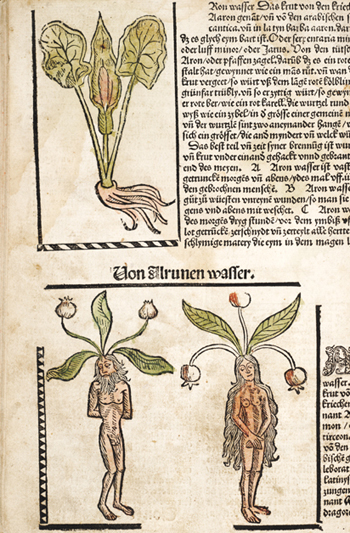
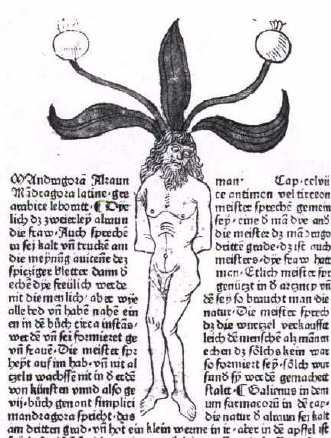
1485
It was said that the root gave forth such screams when pulled from the ground that death or madness resulted for any who heard (scene in Harry Potter film). So it was uprooted by a dog who was tied to it and then called from a distance. When pulled, the root would give a shriek, and the dog would immediately fall dead.
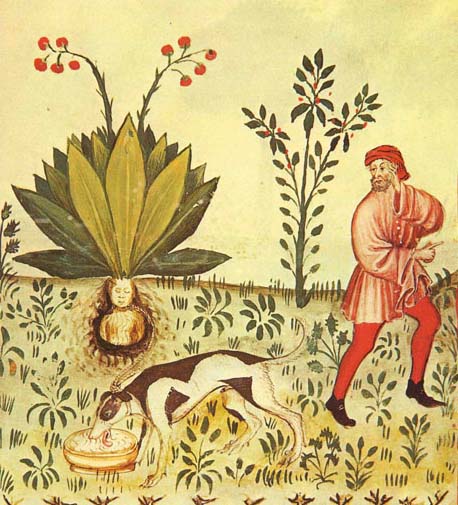
Mandrakes were often dressed in miniature human clothes and kept in tiny coffins in the home. In the film Pan's Labyrinth, the main character Ofelia places a mandrake root shaped like a baby beneath the bed of her pregnant mother to cure her mysterious illness.
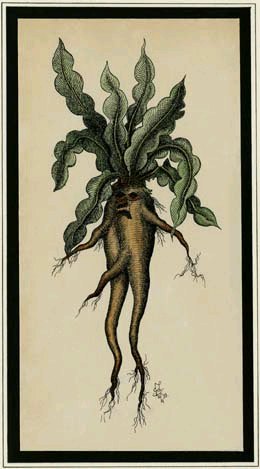
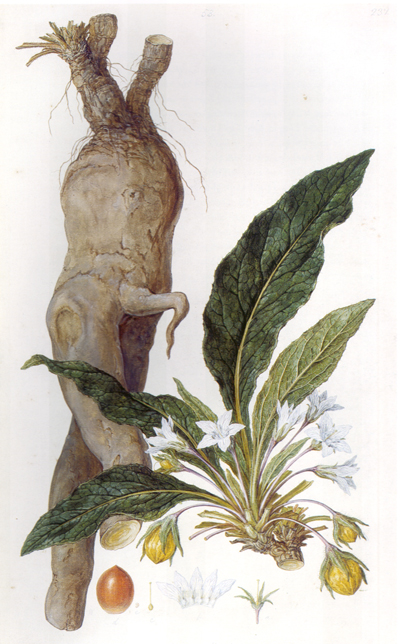
Ferdinard Bauer (1760-1826)
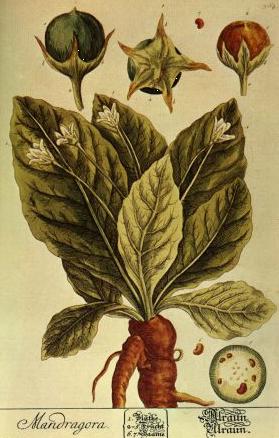
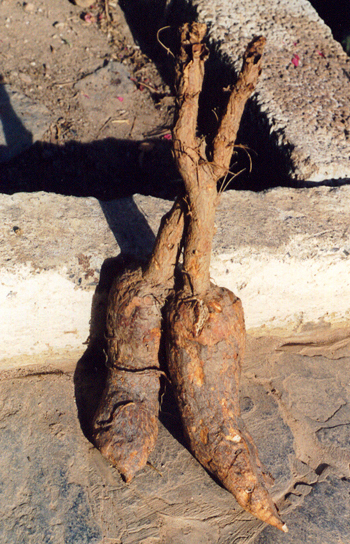
Giuseppe Arcimboldo (1526 - 1593) - Italian painter best known for creating imaginative portrait heads made entirely of such objects as fruits, vegetables, flowers, and fish.
